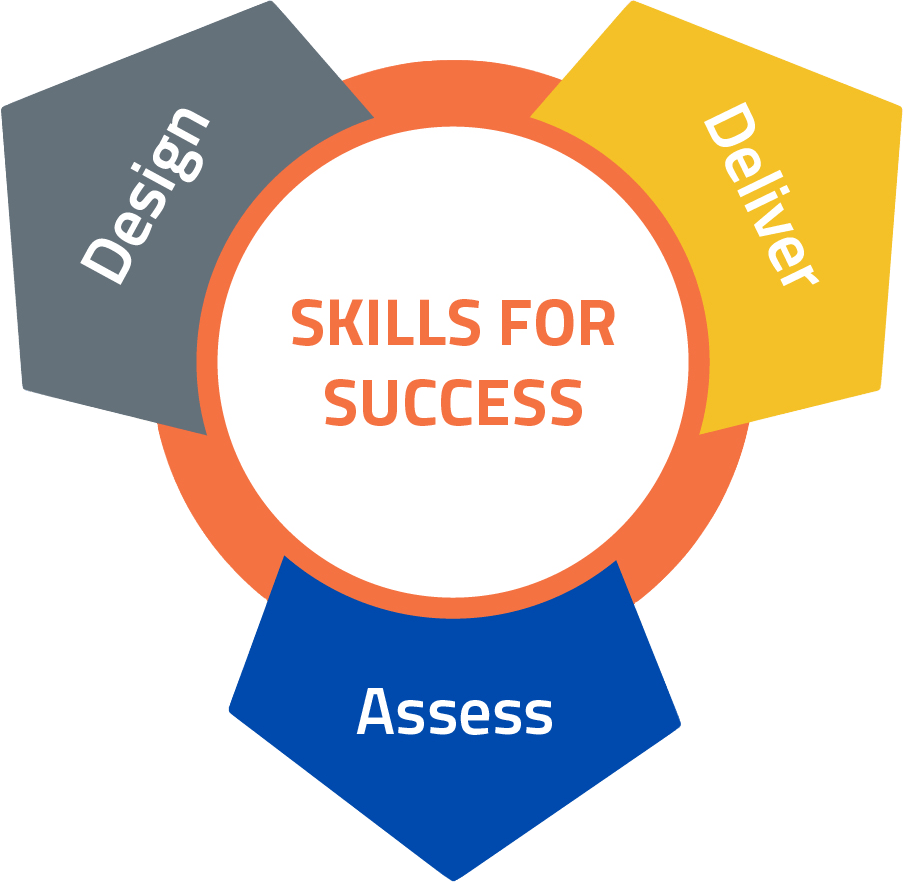Communication skills help participants’ ability to receive, understand, consider, and share information and ideas through speaking, listening, and interacting with others.
The following links include research data and evidence to support the instruction of communication.
- Al-Elq, A. H. (2010). Simulation-based medical teaching and learning. Journal of Family and Community Medicine, 17(1), 35-40. https://doi.org/10.4103/1319-1683.68787 (login required).
- Baile, W. F., & Blatner, A. (2014). Teaching Communication Skills: Using Action Methods to Enhance Role-play in Problem-based Learning. Simulation in Healthcare, 9(4), 220-227. https://doi.org/10.1097/SIH.0000000000000019 (login required).
- Blackmore, A., Kasfiki, E. V., & Purva, M. (2018). Simulation-based education to improve communication skills: A systematic review and identification of current best practice. BMJ Simulation and Technology Enhanced Learning, 4(4). https://doi.org/10.1136/bmjstel-2017-000220 (login required).
- Grognet, A., & Van Duzer, C. (2002). Listening Skills in the Workplace. Spring Institute for International Studies, ATTN: ELT/TA Project, 1610 Emerson Street, Denver, CO 80218. https://eric.ed.gov/?id=ED468604
- King, A., & Hoppe, R. B. (2013). “Best Practice” for Patient-Centered Communication: A Narrative Review. Journal of Graduate Medical Education, 5(3), 385-393. https://doi.org/10.4300/JGME-D-13-00072.1 (login required).
- Lee, J., Kim, H., Kim, K. H., Jung, D., Jowsey, T., & Webster, C. S. (2020). Effective virtual patient simulators for medical communication training: A systematic review. Medical Education, 54(9), 786-795. https://doi.org/10.1111/medu.14152 (login required).
- Martin-Raugh, M. P., Williams, K. M., & Lentini, J. (2020). The Malleability of Workplace-Relevant Noncognitive Constructs: Empirical Evidence From 39 Meta-Analyses and Reviews. ETS Research Report Series, 2020(1), 1-25. https://doi.org/10.1002/ets2.12306 (login required).
- Metusalem, R., Belenky, D., & DiCerbo, K. (2017). Skills for today: What we know about teaching and assessing communication. Pearson. https://www.pearson.com/content/dam/one-dot-com/one-dot-com/global/Files/efficacy-and-research/skills-for-today/Communication-FullReport.pdf
- Ruetz, N. (1997). Effective Communication. Improving Reading, Writing, Speaking, and Listening Skills in the Workplace. Instructor’s Guide. Workplace Education. Project ALERT. https://eric.ed.gov/?id=ED424385 (login required).
- SRDC. (2021). Research Report to Support the Launch of Skills for Success: Structure, Evidence and Recommendations. Final draft report.
- Thompson, J. (2020). Measuring student success skills: A review of the literature on complex communication. Center for Assessment. https://files.eric.ed.gov/fulltext/ED607786.pdf
